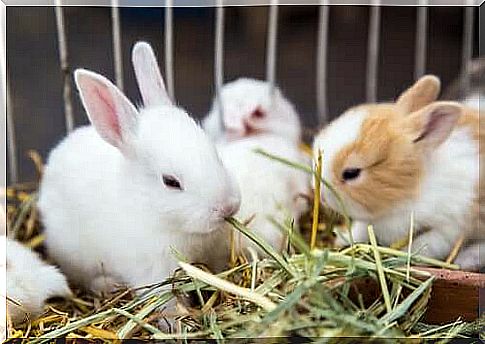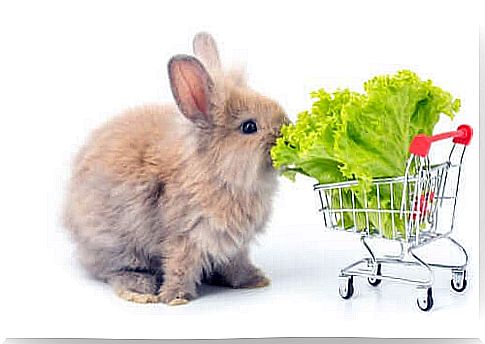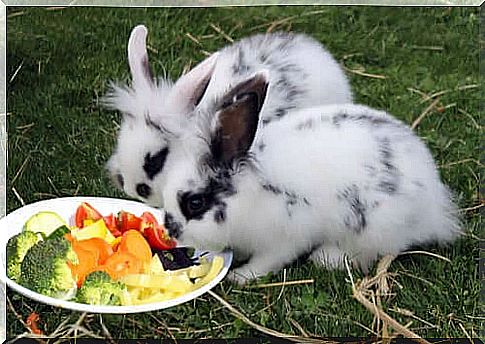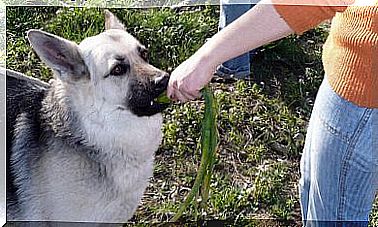What Vegetables Can Rabbits Eat?

Many of the vegetables consumed by humans are also among those that rabbits can eat. Today, let’s talk about what foods are safe to feed a rabbit.
Some of the vegetables that can benefit your pet are easily accessible, as they belong to the same diet as humans. Therefore, it may be interesting to supplement your rabbit’s diet with these natural and healthy alternatives.
Top Vegetables Rabbits Can Eat
- Roots: Carrots, parsnips, turnips and beets are plants that provide energy because they are rich in natural sugars, and should be consumed in small portions in your rabbit’s diet.
- Stalks: celery, chard and broccoli and the green parts of vegetables are best for rabbit consumption. They are low in calories and high in fiber.
- Leaves: cabbage, spinach, carrot leaves, broccoli leaves, kale, blackberry leaves, raspberry or strawberry, romaine lettuce and radish leaves are some examples of leaves that we can use to feed the rabbits without fear.

- Seeds and Grains: Although most seeds and grains that humans consume are not poisonous to rabbits, they are foods of high energy value and are not suitable in large quantities. Remember that rabbits are mainly leaf-eating, not seed-eating.
- Herbs: Parsley, basil, mint, rosemary, sage, thyme, dill and cilantro are excellent healthy snacks. They can be grown in pots to provide an inexpensive and regular supply.
Keep in mind that some plants are toxic and some are mixed. While tomatoes are safe to eat, for example, tomato leaves are poisonous to the rabbit.
Feeding with vegetables
In addition to sharing the vegetables you eat, rabbits can also eat many parts of plants that humans discard because they are hardy and fibrous, characteristics that make them good for rabbits.
This group includes cauliflower leaves, broccoli stalks and carrot leaves.
Supermarkets often remove the leaves from vegetables before selling them. You can try visiting organic markets or fairs to get fresh food.
Herbs for your rabbit
Many of the plants in a wild rabbit’s diet grow in gardens as weeds. They can be an excellent free addition to your pet’s diet.
Common weeds that are safe for rabbits to eat include clover, dandelion, thistle, star grass, nettle, blackberry leaves and shepherd’s purse, among many others.

It is important to have a good reference book on the subject when feeding your rabbit with what is in the garden, as some plants and weeds are toxic.
You should only pick plants from areas that are free of contamination or pesticides, and that have not been contaminated by other animals.
Dehydrated fruits
When fresh food is dehydrated, the amount of water and nutrients decreases. However, sugars are much more concentrated. This means that dried fruits contain more calories, and should only be offered occasionally.
Since the leaves are low in sugar, you can feed your rabbit a mixture of both for starters. Combining dry leaves with hay is a good way to make it more tempting for fussy rabbits.
Introduction to Fresh Food
Rabbits do not tolerate sudden changes in their diet well. A sudden introduction of large amounts of fresh food can upset your digestion and cause illness.
Instead, introduce new foods one by one in small portions. This way, it will be easy to identify a particular type that alters your rabbit’s digestion.
You must be particularly careful when introducing fresh food to young rabbits. They are more sensitive, although it is not necessary to avoid fresh foods altogether, as some older books recommend.
Ideally, baby rabbits eat fresh food when they start eating solid food.
If you acquire a baby rabbit – older than eight weeks – that hasn’t eaten fresh food, let it adjust to the new routine and environment before you start introducing small amounts of fresh food, as you would an adult.








